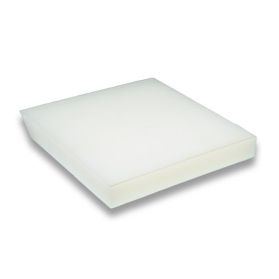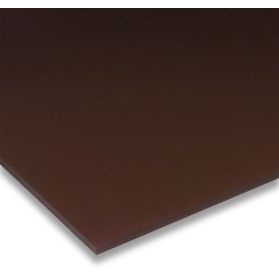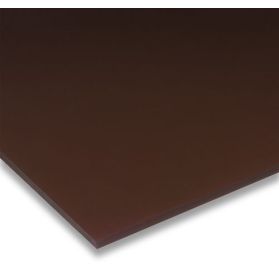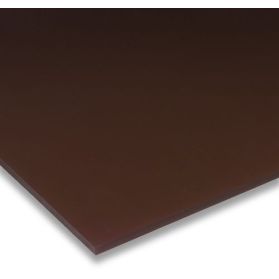Polyurethane (PUR)
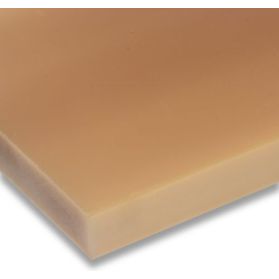 PUR D15 plate light- to dark brown, 90 ±5 Shore A, 25 - 50 mmNumber of articles in this product: 4
PUR D15 plate light- to dark brown, 90 ±5 Shore A, 25 - 50 mmNumber of articles in this product: 4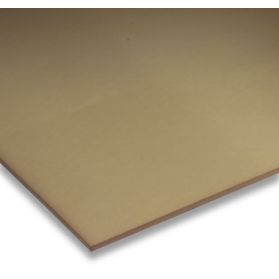 PUR D15 plate light- to dark brown, 90 ±5 Shore A, 0.5 - 20 mmNumber of articles in this product: 13
PUR D15 plate light- to dark brown, 90 ±5 Shore A, 0.5 - 20 mmNumber of articles in this product: 13 PUR D15 plate light- to dark brown, 80 ±5 Shore ANumber of articles in this product: 12
PUR D15 plate light- to dark brown, 80 ±5 Shore ANumber of articles in this product: 12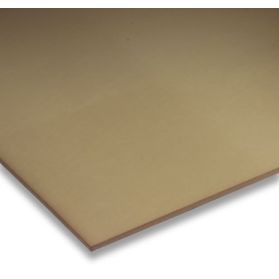 PUR D15 plate light- to dark brown, 70 ±5 Shore ANumber of articles in this product: 10
PUR D15 plate light- to dark brown, 70 ±5 Shore ANumber of articles in this product: 10
Material properties of polyurethane (PUR)
Polyurethanes (abbreviation PUR) are materials or synthetic resins which are produced from the polyaddition reaction of a polyester or a polyether and a polyisocyanate. Polyurethanes can have completely different properties depending on the choice of isocyanate and alcohol. The hardness gradation is achieved by choosing different ratios of the raw materials (no plasticizers).
An advantage of polyurethane (PUR) sheets, particularly the glycol cross-linked polyurethane elastomers, is their exceptional mechanical properties. PUR sheets are known for their rubber-like elasticity, which allows them to withstand significant stress and deformation without breaking. This elastic behavior, combined with excellent abrasion and tear resistance, makes PUR sheets highly durable and resilient. PUR sheets can be foamy or solid and range from hard and brittle to soft and flexible.
APSOplast® PUR D15, light to dark brown
PUR D15 is a high-quality polyurethane with unrivalled abrasion and structural strength, but not resistant to the effects of hydrolysis. Compared to the other PUR elastomers PUR D15 has an increased heat resistance. Short-term temperature loads of up to +120 °C are possible. However, the permanent load of the material should not exceed +100 °C. Another advantage of PUR D15 compared to other PUR elastomers of the same Shore hardness is a higher modulus of elasticity and thus a higher load-bearing capacity with less permanent deformation. The hardness of PUR D15 is available from approx. 70 Shore A to 92 Shore A.
APSOplast® PUR D44, red brown
PUR D44 is a high-quality polyurethane with good abrasion and structural resistance. Towards PUR D15 somewhat cheaper, also more hydrolysis resistant, but less suitable for dynamic stressed parts. PUR D44 should not be used at continuous temperatures above +80 °C. Short-term loads up to +100 °C are possible, however. The hardness of this material is available from approx. 70 Shore A to 92 Shore A.

